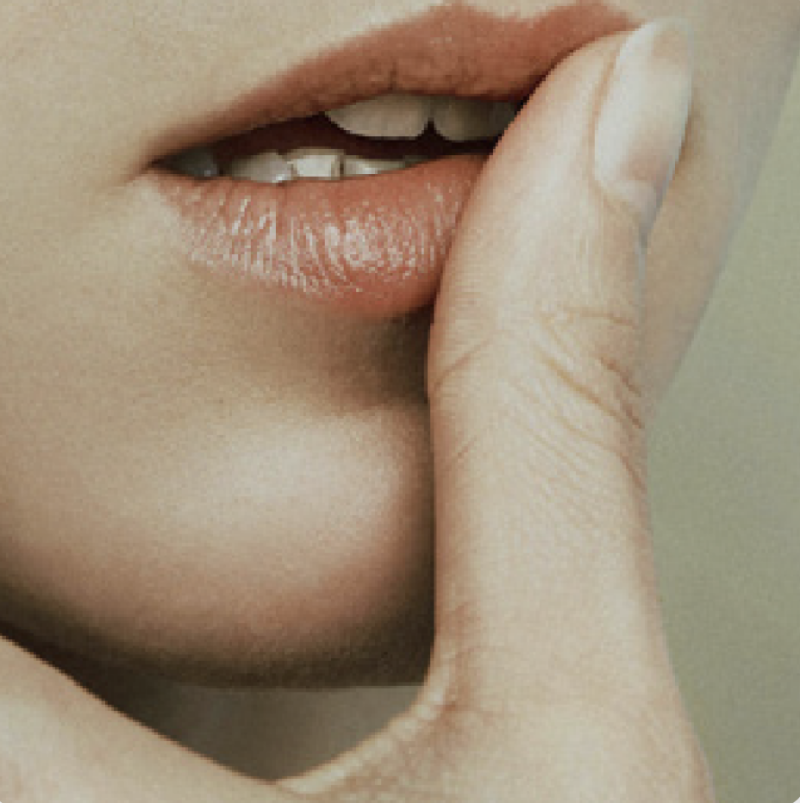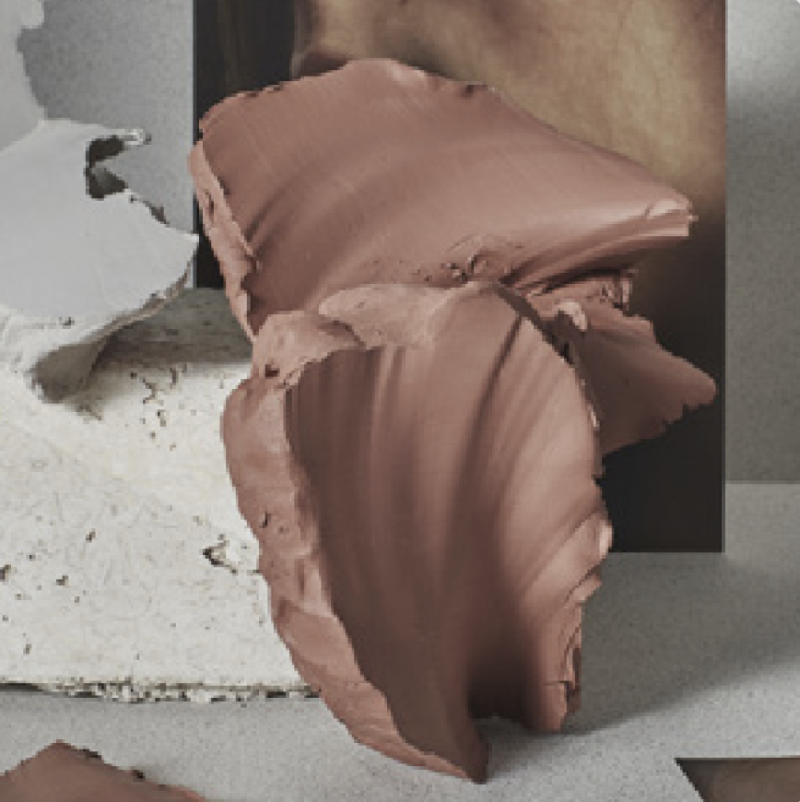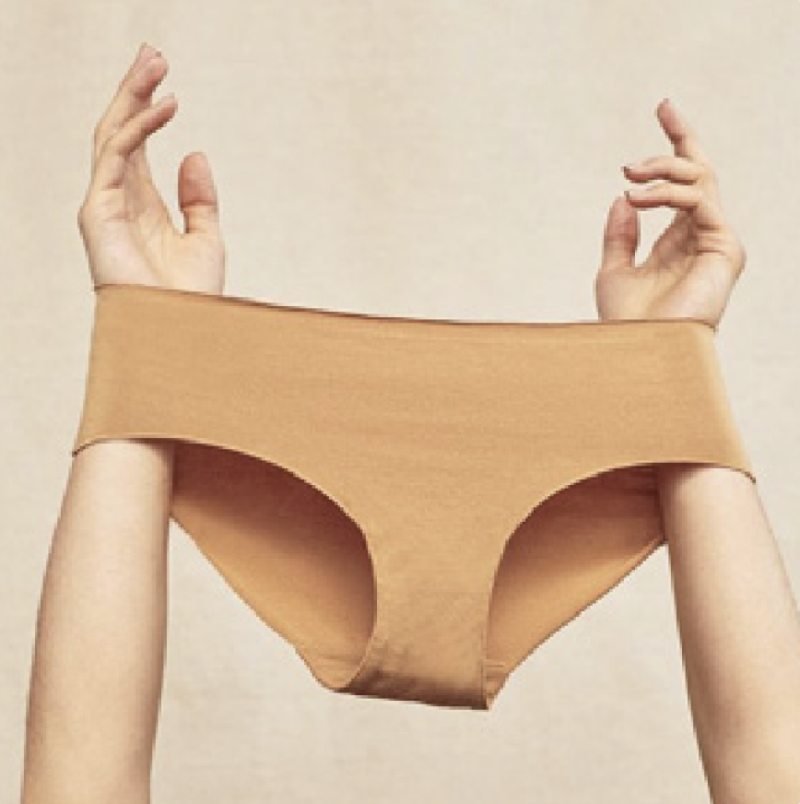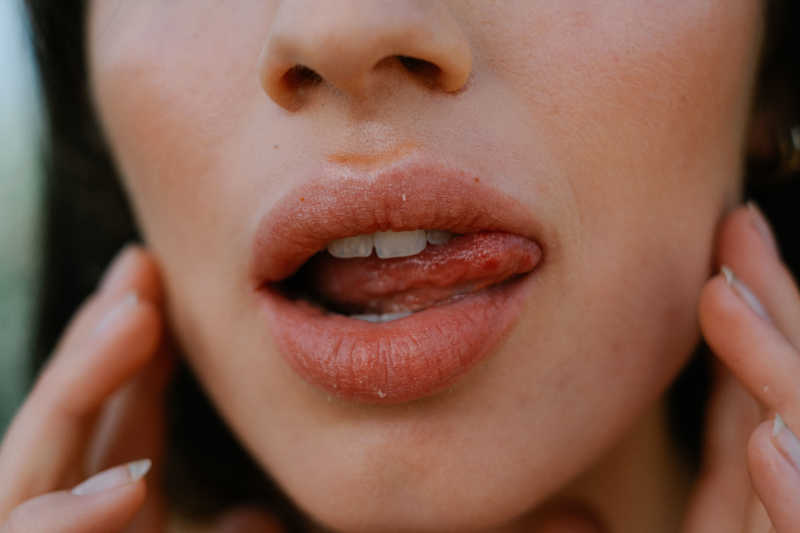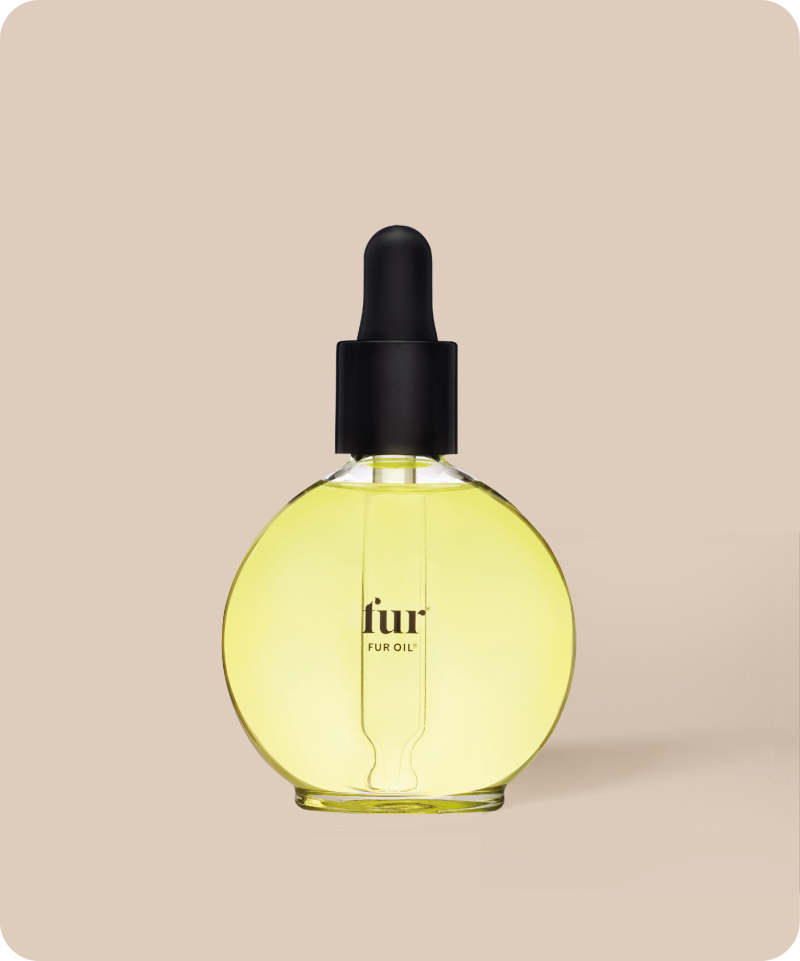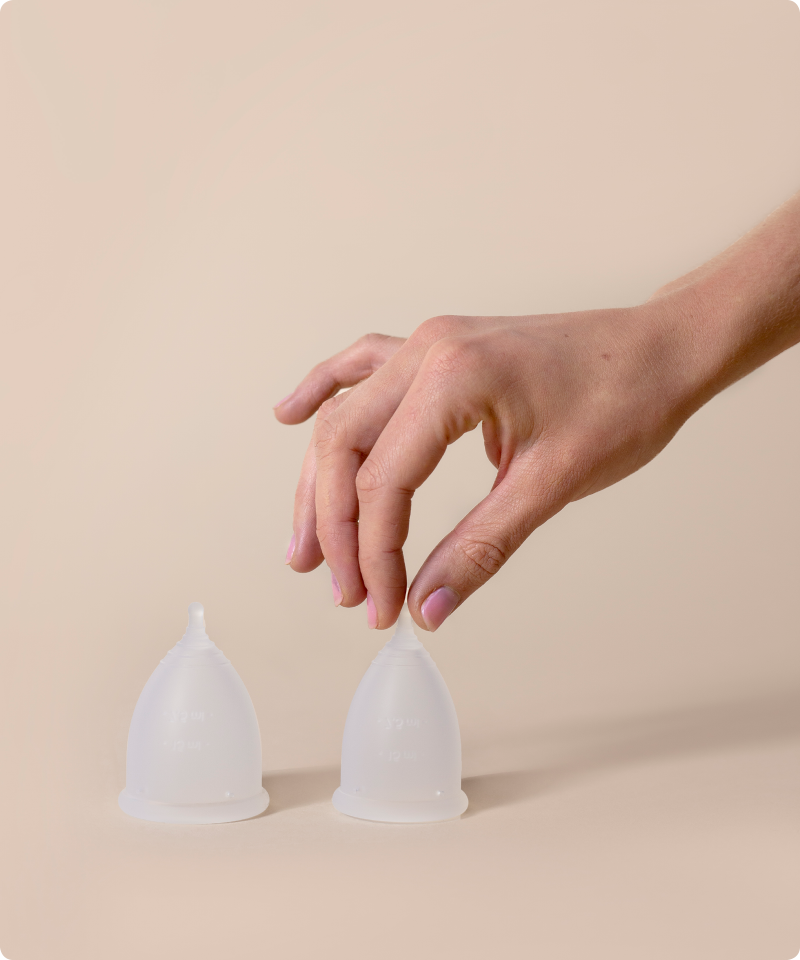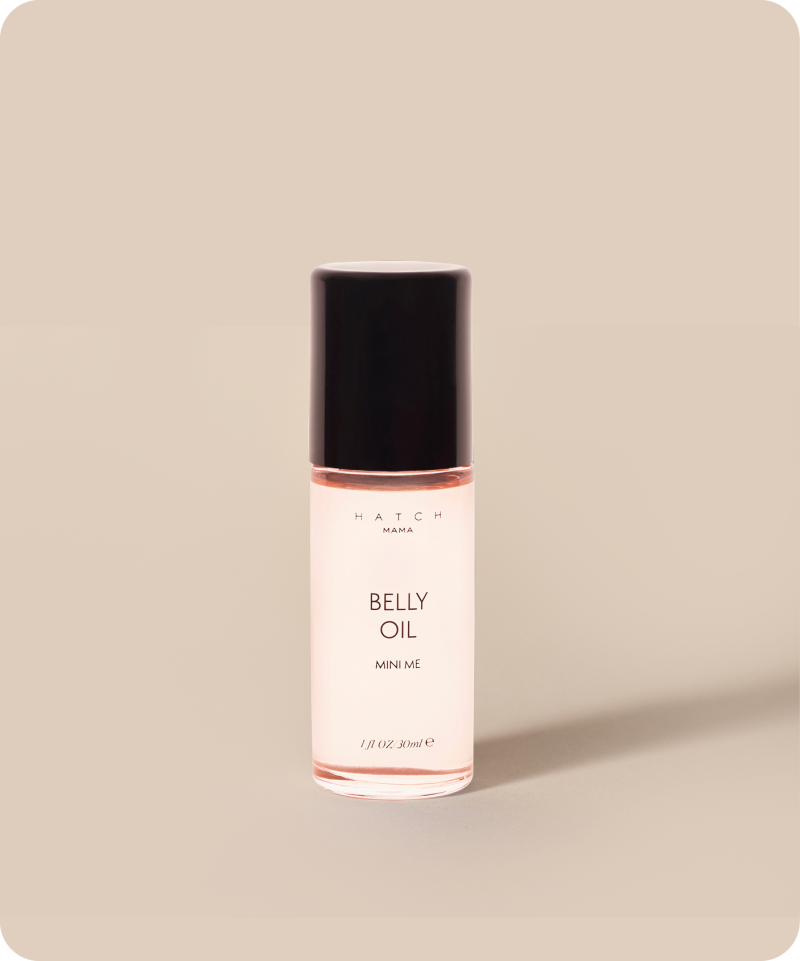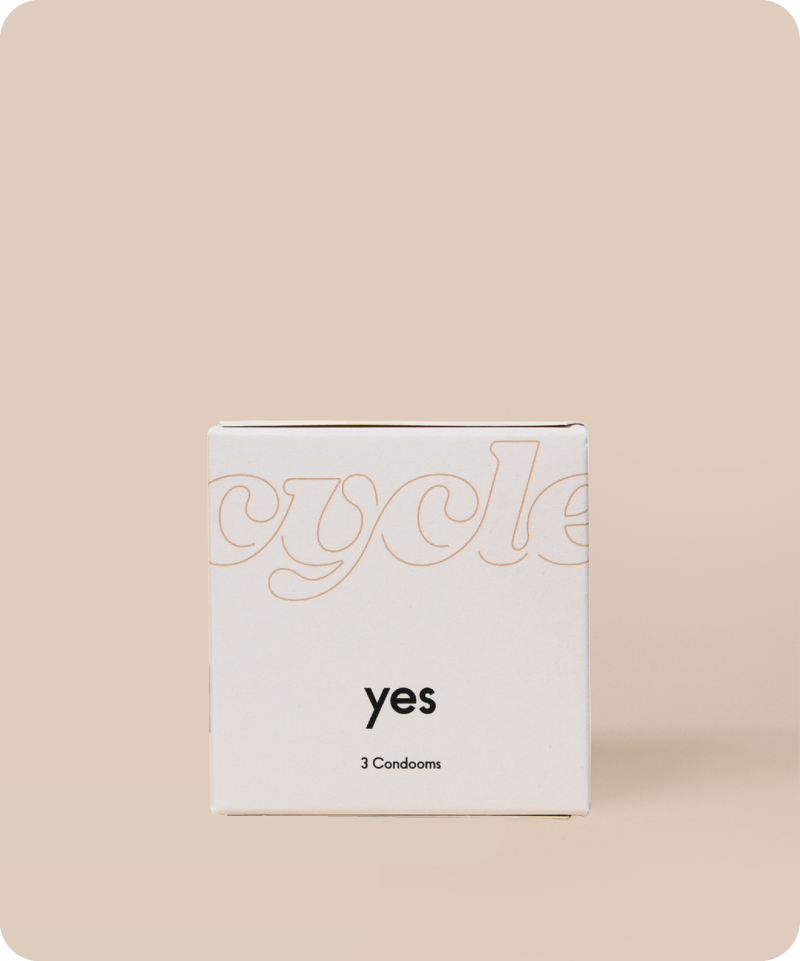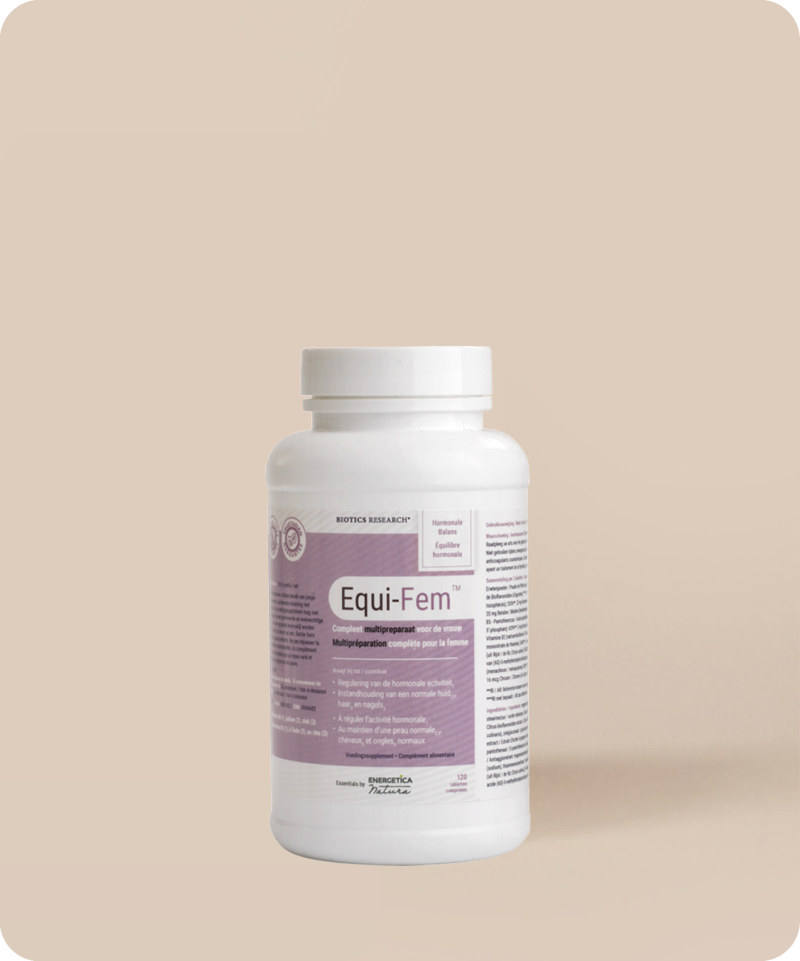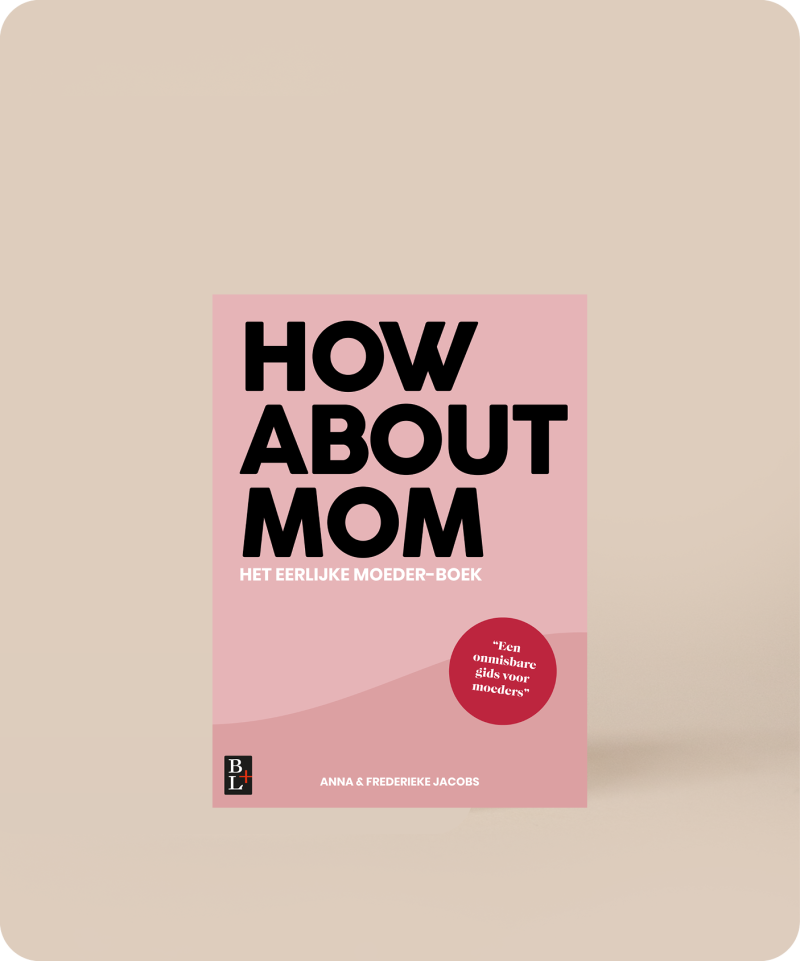How to (not) clean your vagina: all the tips and tricks
The vulva. A body part that goes through more ups and downs than a teenager in their emo phase. The monthly bloodfest, an occasional fungal infection, a UTI, sex, hormone imbalances, childbirth, if you’re unlucky you get an STI or STD to top it off... It just can’t seem to catch a break.
Handle with care, but how exactly?
It’s pretty clear that we need to give our vulva some love for all that hard work, but what do we need to do to optimize our feminine hygiene? Is there such a thing as a facial for your vagina? Like a vajacial or something? Would you rather do a daily deep cleanse or do you prefer a yearly spring cleaning? There’s the outside, the vulva, but also the inside, the vagina: how would you go about that? Should you only ever wash the outside, or do you have to clean the inside too? And what products do you use?
Cleaning products and methods
There are so many options to choose from when it comes to vaginal ‘cleaning’ products. From vaginal douches, feminine wipes and intimate washes to a spa treatment for your cooch. The choices are overwhelming. Those spa treatments are promised to be totally rejuvenating and supposed to give your vagina an energetic boost. We’re talking about the infamous vaginal steaming, or V-steaming. Perhaps you know it as yoni sauna or yoni steaming, but tomayto, tomahto. Chrissy Teigen shared a photo of herself sitting on the steaming bucket on Instagram, and Gwyneth Paltrow in particular seems obsessed with the recent fad. You’re probably thinking: “fun, let me run to the nearest store and make my own DIY V-steaming set.” Hold that thought for a second, we don’t want to be a Debbie Downer, but there is no actual (scientific) proof that it’s safe to do or if it works at all, for that matter. It’d be really unfortunate if your velvet volvo gets overheated, goes into overdrive and the steam comes out of your nose and ears like a kettle on the stove. And it’d be even worse if it leads to infections, problems with your uterus etc., which is not as unlikely to happen as you might think.
The right method
There are clearly lots of products on the market, but do these products really make the health of your vagina better in the long run? There is a clear-cut answer to this dilemma: less is more. You don’t really have to jump through hoops to maintain your feminine hygiene. Let’s take it step by step.
The inside - the vagina
The inside of your vagina is self-cleaning. The ‘good’ bacteria in your vagina keep your acidity in balance without any outside help. Now that’s something we can call mother nature’s gift. Discharge is like a natural soap. It’s produced by the membrane of the vaginal walls and cervix while the solid components are composed of bacteria and dead cells. This mixture exits your vagina and as a result it protects you from all kinds of vaginal infections. This is your personal finely tuned ecosystem, but it’s quite easily thrown off by outside influences, making it important that the system stays undisturbed, so it can work its magic.
As long as your vaginal environment, the vaginal acidity, and the good and bad bacteria are balanced, your vagina will be running smoothly. But if the balance is disturbed by, for example, your cycle, pregnancy, a particularly influential diet, or by aggressive cleaning sessions of the inside of your vagina, it could run into some issues. The best method is to just let your vagina do what it knows best and not meddle in its business. It’s likely that your attempts to clean the inside of your vagina, even though you probably mean well, will do more harm than good. Certain products could kill the bacteria needed to keep everything in balance. When you have an imbalance the skin becomes itchy or you’ll feel a burning sensation down there and your discharge could change color, consistency or smell.
Want to know more about those good bacteria? Read our article about the vaginal microbiome and whether or not taking probiotics is good for your vagina here.
The outside - the vulva
The outer parts of your vagina are not self-cleaning and could definitely use some extra loving. If you don’t clean your vagina on a daily basis, remains of sweat, period blood, discharge, urine or sperm could find their way between your labia or on your skin with annoying issues such as infections in tow. And let’s be clear, that is the last thing you want. But don’t go grabbing your aggressive soap in fear of possible infections. It’s the same for the inside as it is for the outside: less is more. Make sure to clean daily, or after doing the dirty between the sheets, with lukewarm water. It’s truly that simple. In any case, don’t clean it with normal soaps. Even though you’re only using the soap on the outer parts of the vagina, remains could still make their way to the inside, messing up the acidity and inviting vaginal irritations inside to do their itchy bidding.
If you really want to use products on the vulva, for that feeling of cleanliness (not that it makes much of a difference in reality), make sure to use the most mild form of feminine hygiene products. And don’t use these to solve any existing problems. If you have any vaginal symptoms, make an appointment to see your GP or gynecologist. Don’t start experimenting with any so-called ‘remedies’ to restore the disrupted acidity. You cannot use these products to fix existing issues. Do you want to know more?
bacterial vaginosis
read moreYour vagina is worth the world, so treat her as such.
A list of do’s and don’ts
We made a list of things (not) to do to keep your vulva in top condition, to make it extra easy for you.
Do:
Wash your vulva with lukewarm water in the shower.
Wash your vulva after sex, extra sweaty workouts and during and after your period.
If you really want to use feminine hygiene products, make sure to rinse with lukewarm water afterwards.
Wear comfortable cotton underwear that isn’t too tight. Synthetic or tight underwear is not breathable, which creates the perfect environment for bacteria to grow.
Wear loose and comfortable clothes for the same reason.
Make sure to use hypoallergenic products, or at least non-perfumed products. Even products marketed as pH neutral are unsuitable to use for your private parts. “Neutral” might sound harmless but pH neutral products still have a pH level of 7 and that’s too high for your vagina (which has a pH level of 5, and she likes to keep it that way).
Wash your vagina with your hands. Loofahs or washcloths are too abrasive for the thin and sensitive skin of your vulva. And make sure to wash front to back (meaning from your vagina to your butthole and not the other way around. You can probably imagine what happens if you move bacteria from your intestines to your vagina, big yikes). Dab your vulva carefully until it’s dry once you’re done.
Are you on your period? Make sure to change your sanitary pads, tampons or panty liners on time. And any menstrual products with unnecessary chemicals or products with plastic shouldn’t get anywhere near your vagina, a cup is a good solution for this.
Don’t:
Never use vaginal products for internal use. Washing with normal soap or shower gel is even worse.
Don’t scrub with loofahs or other abrasive products. The skin of your vulva is extremely thin and sensitive. You have to be really careful with her.
Don’t wear tight clothing or bottoms that cause cameltoe (heat and friction is never a good idea if you want to keep the bacteria away).
Don’t wait too long to change your tampon. It’s a foreign object in your vagina and the longer you keep it in there, the higher the chances are of an imbalance in acidity or irritation (or maybe even infection).
One last thing! More and more research has been done proving that our diet plays a larger role in the health of our vaginal flora (preventing overgrowths of bacteria) than we knew. ’Scuse me? Yeah, we know! Yes, really. Microbiologist Thekla Hekker at the VU University Amsterdam gives the following dietary tips to rejuvenate your vaginal flora by means of your gut flora:
Make sure to eat lots of food with probiotics such as yogurt, kefir, miso, tofu, sourdough bread, veggies like kimchi, kombucha, pickles, apple vinegar etc.
She also advises to eat lots of food with prebiotics (food that induces growth of good bacteria) like roots and tubers in general like chicory, asparagus, salsify, sweet potato, pumpkin, onion, garlic but also nuts, beans, and oats.
Want to know more
about the bacteria "down there" and their importance?
Read more
Washing with soap is out, good foods are in!
